Healthy cooking at home can be therapeutic and gives your food some soul. It’s always better to cook and eat at home rather than dine out, for many reasons. I have been breaking my habit of giving into buying meals out when I’m “too tired to cook” and forcing myself to go straight to the grocery store instead. What I would have spent on a meal out could buy a bag of groceries!
If you’re eating mostly plant-based foods, or if going vegan is one of your goals, then prepping meals at home is really the best way to make this healthy choice.
Cooking is also good as a form of meditation. For me, the act of preparing a meal is like practicing tai chi or playing a musical instrument. It’s total let go time, getting creative with ingredients, and creating something delicious.
If you had a long day at work, make something to relax first, such as a cup of hot tea or a snack. Then open the fridge and take inventory. What ingredients do you have? Assess the situation. Then create a recipe with ingredients that go well together. You’ll be surprised at how you can put a meal together that saves your wallet and your health, plus gives you a sense of satisfaction that, quite frankly, paying your local eatery cannot.
Aside from paying for meals out (and stacking up the debit transactions), you’ll know exactly what goes into your food. I can taste the difference in salt usage— somehow I have a gift for detecting fine table salt in a mouthful— and hidden sugars (hello Pad Thai noodles, I’m looking at YOU) that you really cannot afford to eat. High sugar and salt content in restaurant meals adds up fast!
I’m sharing three of my favorite cooking techniques to help you figure it all out and eat healthier. These cooking methods can save time in the kitchen, but also help retain nutrients so you’ll feel better and enjoy your home cooking more.
1 Stir-fry. This is my favorite way to make veggies. I like to wok toss fresh farmers’ market veggies like green beans, zucchini, carrots, kale and spinach in a wok (or large bowl-shaped pan) and add sesame oil with some veggie broth. You can add in your protein a little later or sauté in a separate pan then add to your veggies— baked tofu is easy for a quick fix, or tempeh if you’re a little adventurous. Lately I crave jackfruit for my meaty “protein” and you can find it in prepared packages with different seasoning bases by The Jackfruit Company.
How to: Just heat a little bit of sesame or coconut oil in a pan. You don’t need a wok, but it helps. Add the food you want to stir-fry to the pan on medium to high heat. Stir it quickly— don’t burn your veggies! Season with your choice of sea salt, black pepper, tamari soy sauce or a homemade sauce.
Make brown rice or noodles and toss all of that good stuff together.
2. Roast
Roasting is one my favorite ways to eat my veggies! Roasted veggies taste amazing on their own without a lot of fuss. For example, roasting cauliflower with a little olive oil and curry spice transforms the otherwise ugly sister of broccoli into a princess fit for the royal table! Even my picky kids love my roasted cauliflower and ask for it like it was dessert! A bowl of roasted cauliflower with crispy kale please! You’re eating veggies and loving every bite with roasting. Carrots, broccoli, kale and cauliflower are some of my all-time favorite veggies to roast. Sometimes I roast my veggies before adding them to a soup or pasta dish.
How to: In a large mixing bowl, combine veggies with a few tablespoons of olive oil and spices.
Pro tip: use garlic cloves in your roasted veggie mix. They come out caramelized and taste delicious mixed in.
Mix all veggies well until the ingredients are thoroughly combined and coated with the oil and spices. Spread the veggies out on a large sheet pan and put them in the oven for about 45 minutes to an hour, or until they’re lightly browned and crisp on the edges, at 400°F.
3. Steam
Steaming is one of the healthiest ways to cook veggies because you don’t use any fat or oil, and you can simply sprinkle on some herbs to season. The nutrient content in vegetables is way better than stir-frying or sautéing.
How to: Boil a pot of water and place the steamer basket over the pot. Add the veggies and cover it with the top. Steam until the vegetables become tender. Please don’t forget them and burn or overcook your veggies! Broccoli only needs a little time to cook, otherwise it turns that ugly color and stinks up the house. Lightly steam to keep that bright green color and crisp texture.
Kitchen tips for grains and bowl bases:
Brown Rice
Are you one of those people that can’t cook rice? Ah, friend, I see you. I’m also one of those people, but I’m learning how to perfect my rice cooking skills.
Now, this is a trick I’ve figured out with brown rice— cook the brown rice in a large soup pot filled way up with more water than the recommended amount.
Here’s how:
Put 12 cups of water to boil in a large pot. Rinse one cup of rice in a fine mesh strainer under cold water until the water runs clear — this takes seconds to do.
When the water boils, add rice and 2 teaspoons of sea salt. Only stir once, and let it cook, uncovered, for about 30 minutes.
Strain rice and toss the cooking liquid. Add rice back to the pot and allow it steam by covering it for 10 more minutes. This softens the rice without overcooking it.
Soba Noodles
This noodle is full of good nutrition and easy to make in a hurry. It only takes a few minutes to cook and tastes amazing with a veggie stir fry. If you aren’t eating pasta, don’t be afraid of soba! Buckwheat soba noodles contain good amounts of nutrient-dense deliciousness in each bite. Just check the ingredients on the package to be sure you are getting the best quality. Way better than wheat-based pastas, soba noodles are packed with manganese, the mineral that we need for healthy bones and good blood sugar levels. It has a nutty earthy flavor and tastes good with Asian food combinations.
Rice Noodles
Rice noodles come in many styles, from wide to thin, and can be an easy alternative to cooking rice or pasta when you’re hungry and need something quick. It pairs well with stir-fry dishes and take sauce like a champion noodle. That’s why you find so many noodle dishes on Thai restaurant menus! Make your own sauce, add veggies, and you’ve got a full meal. Plus, you’re skipping out on excess sodium and sugars by making your own noodle sauce.




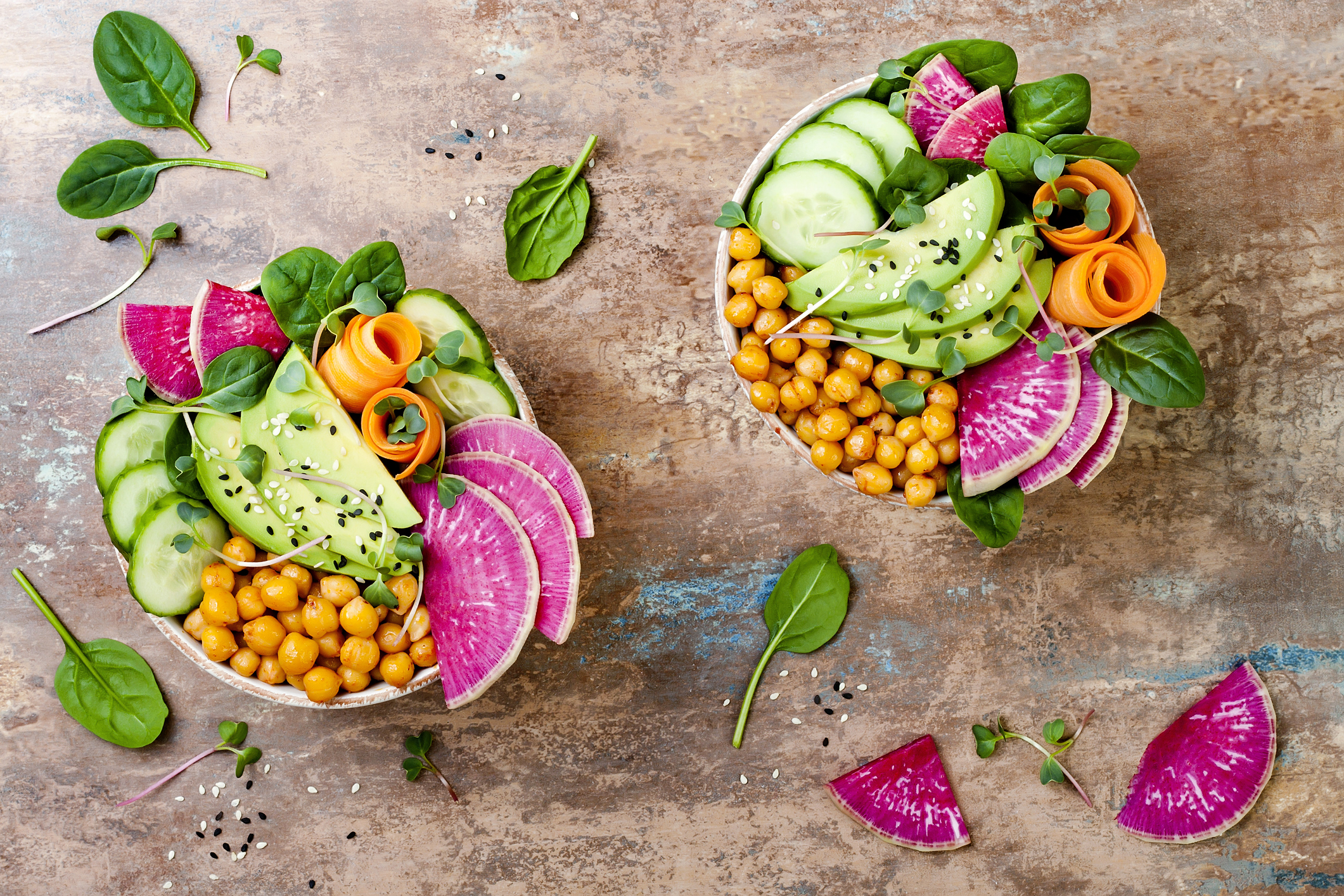


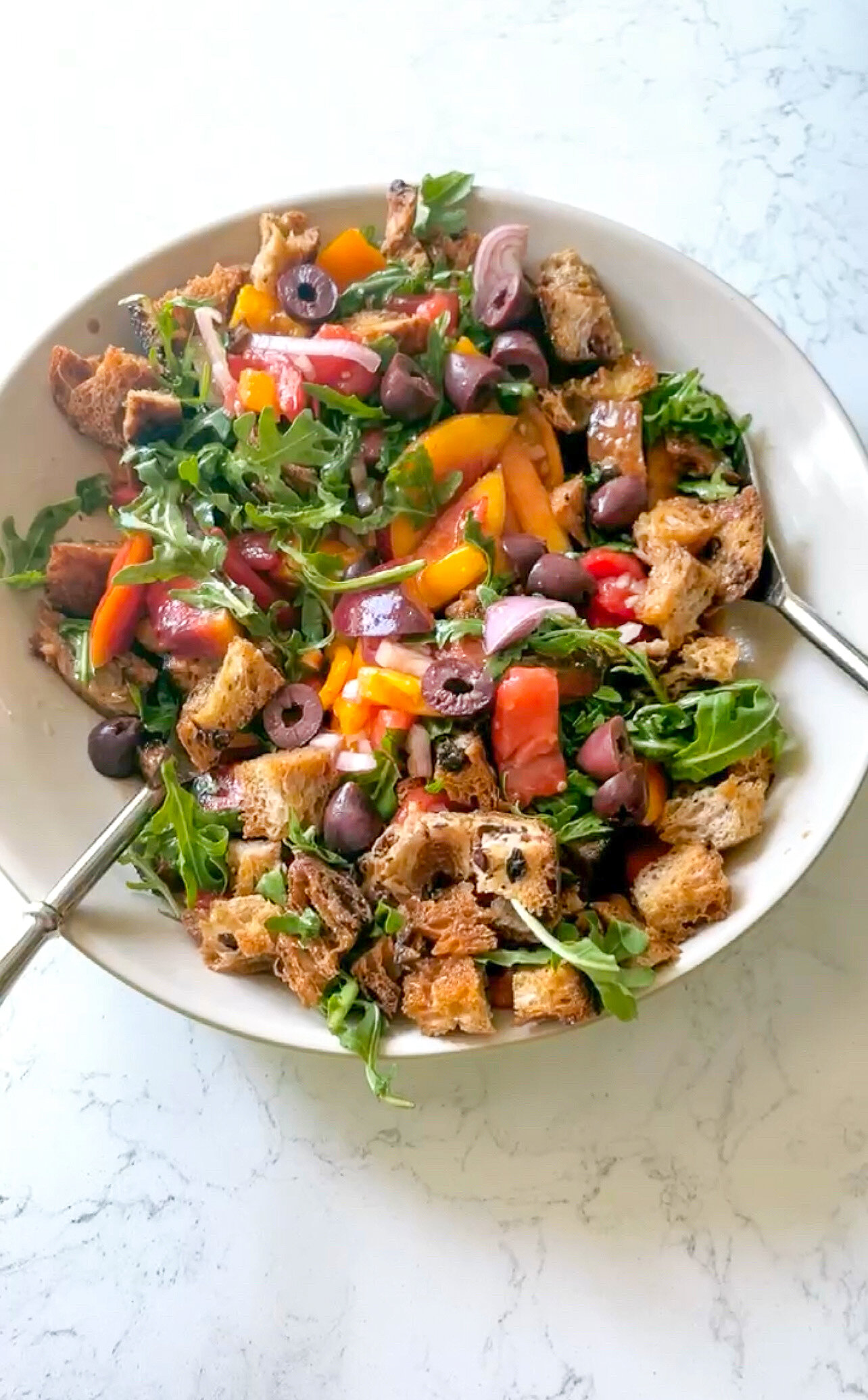
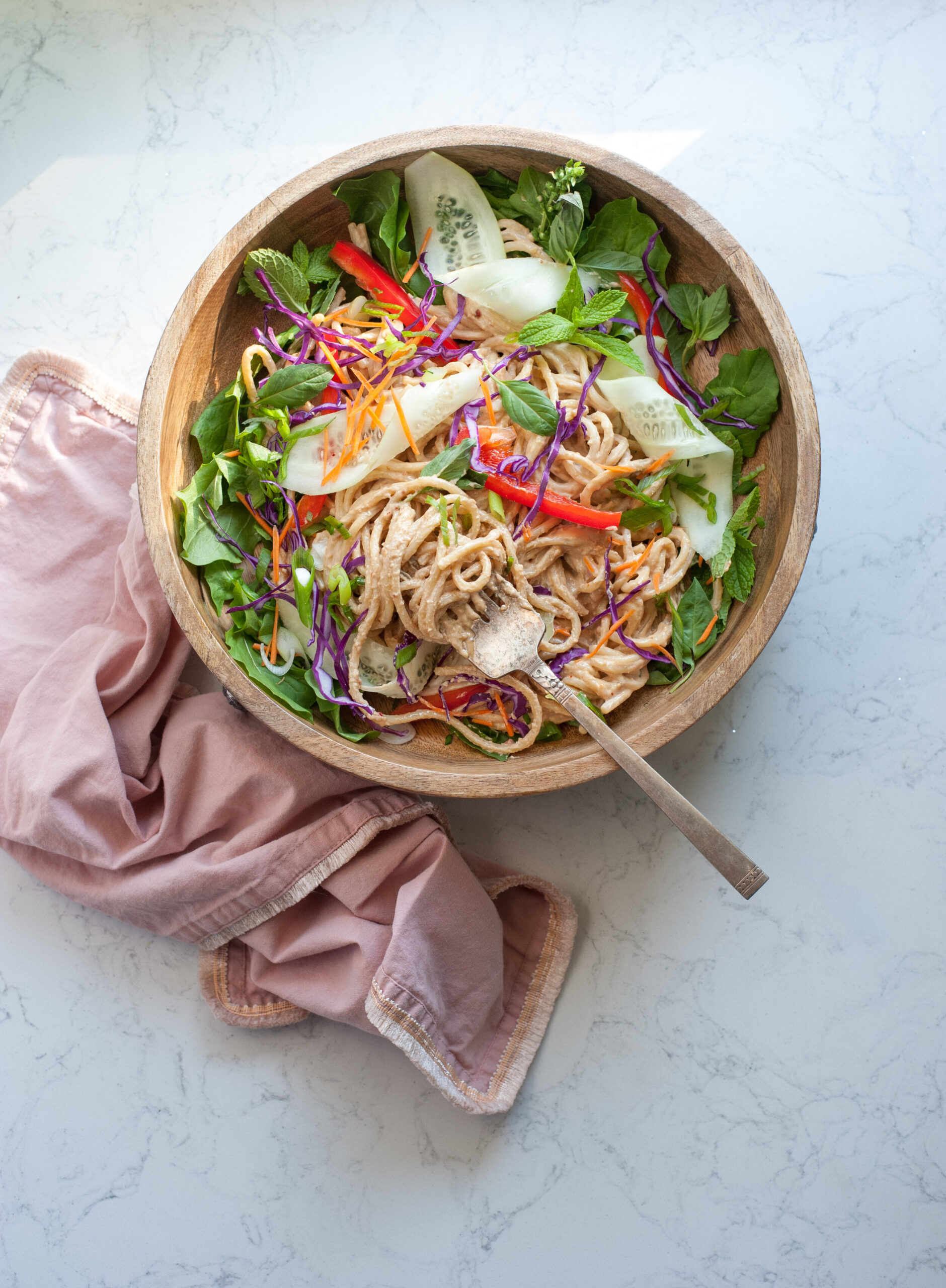
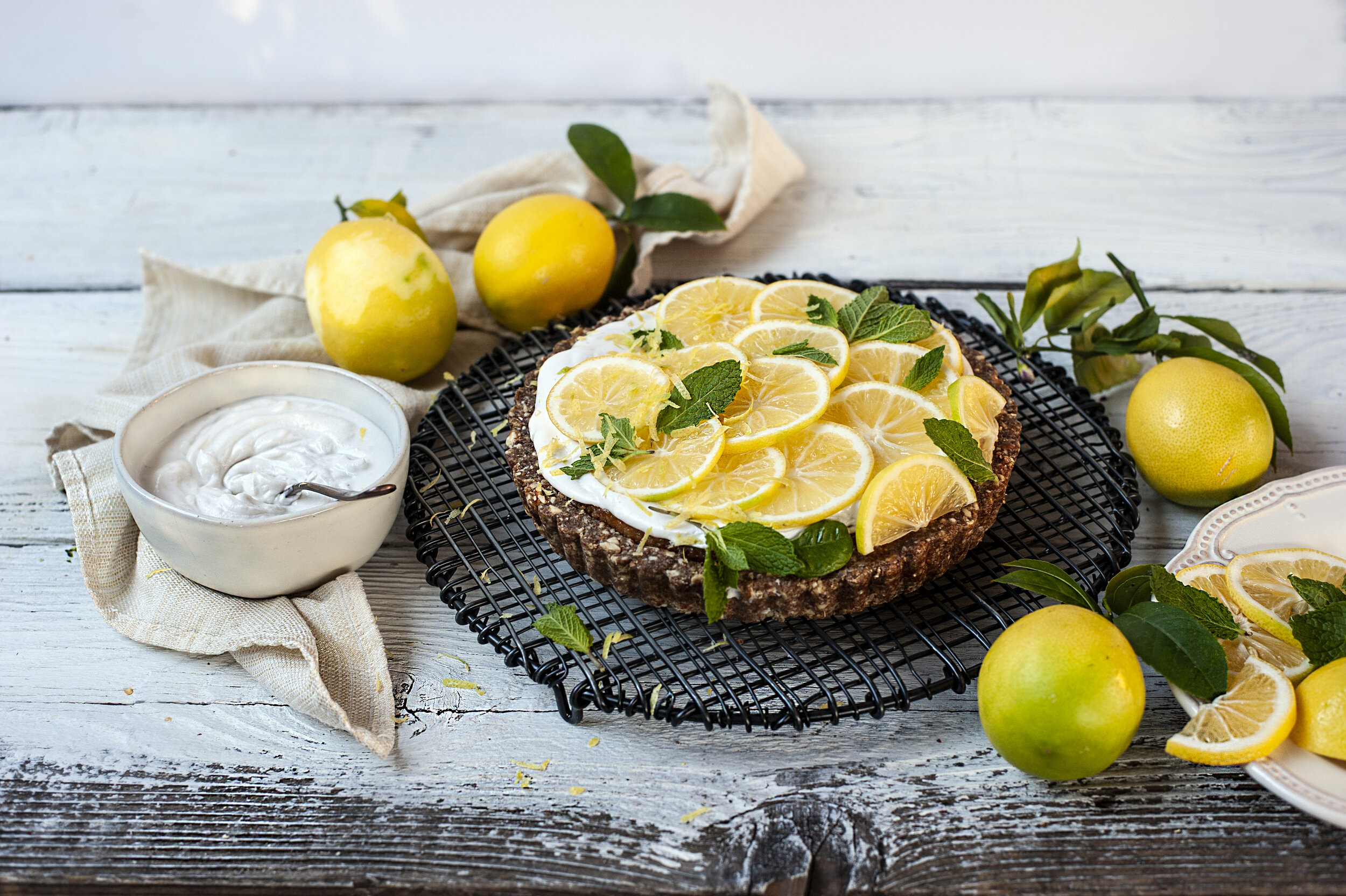
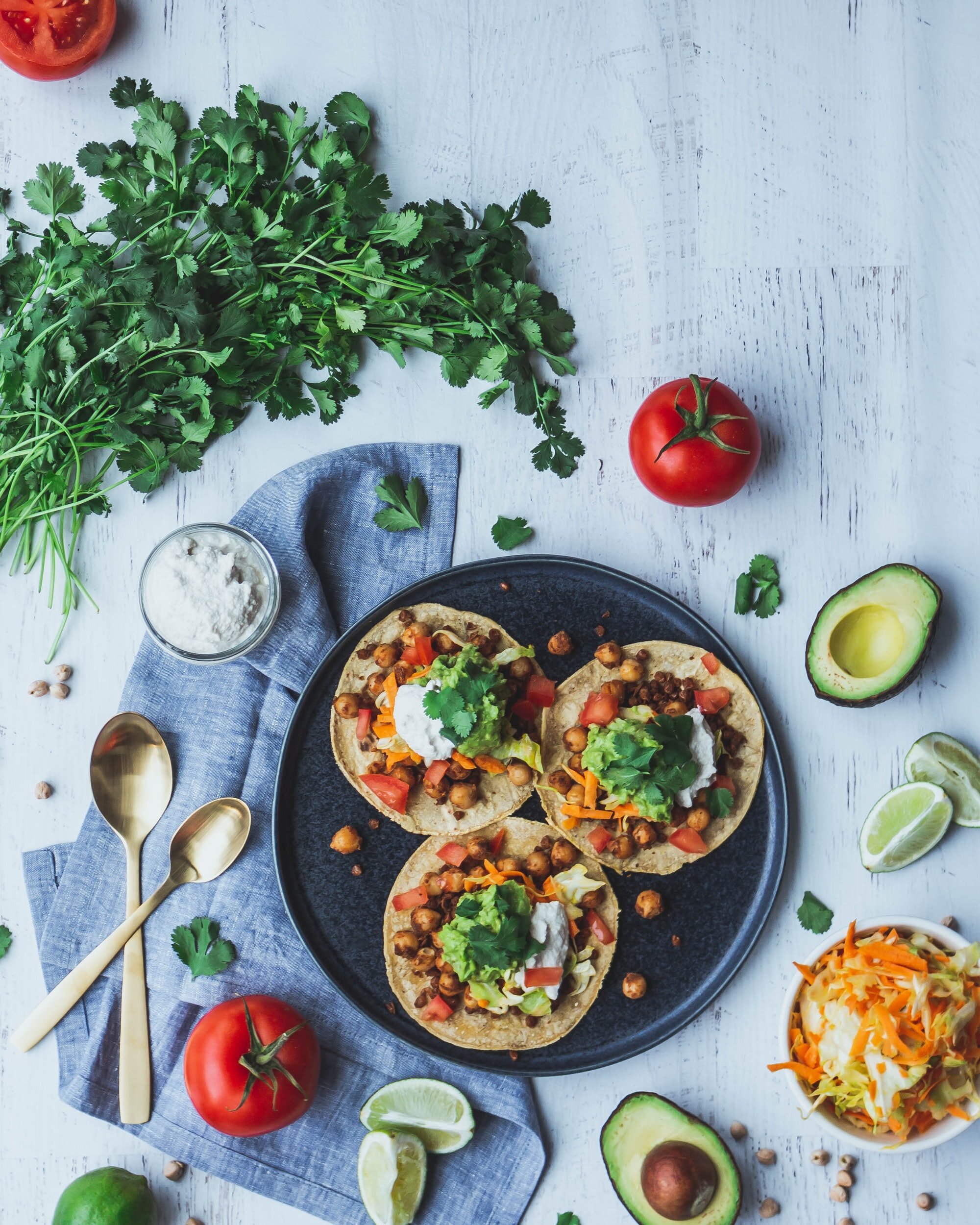
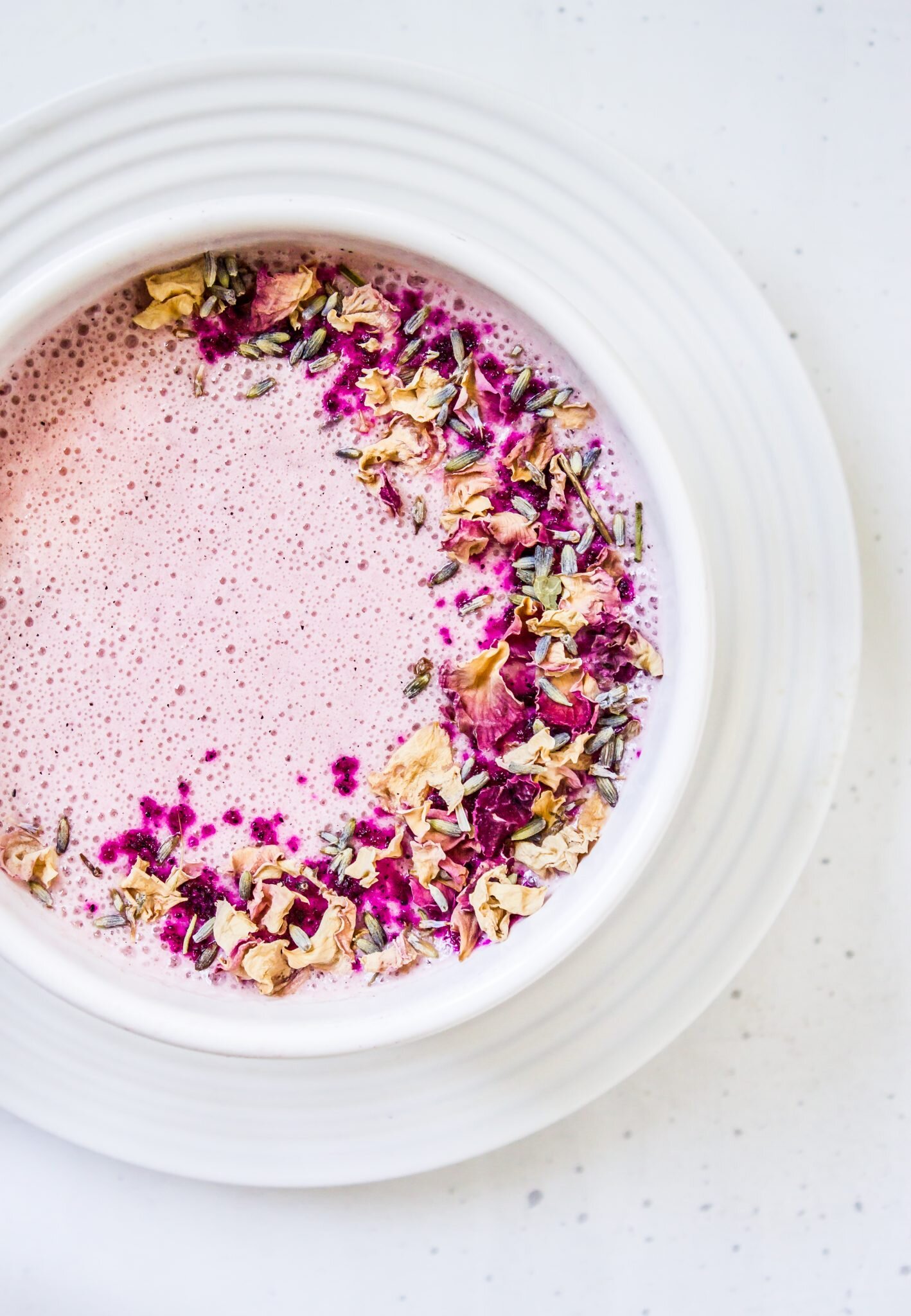
Very Good!!